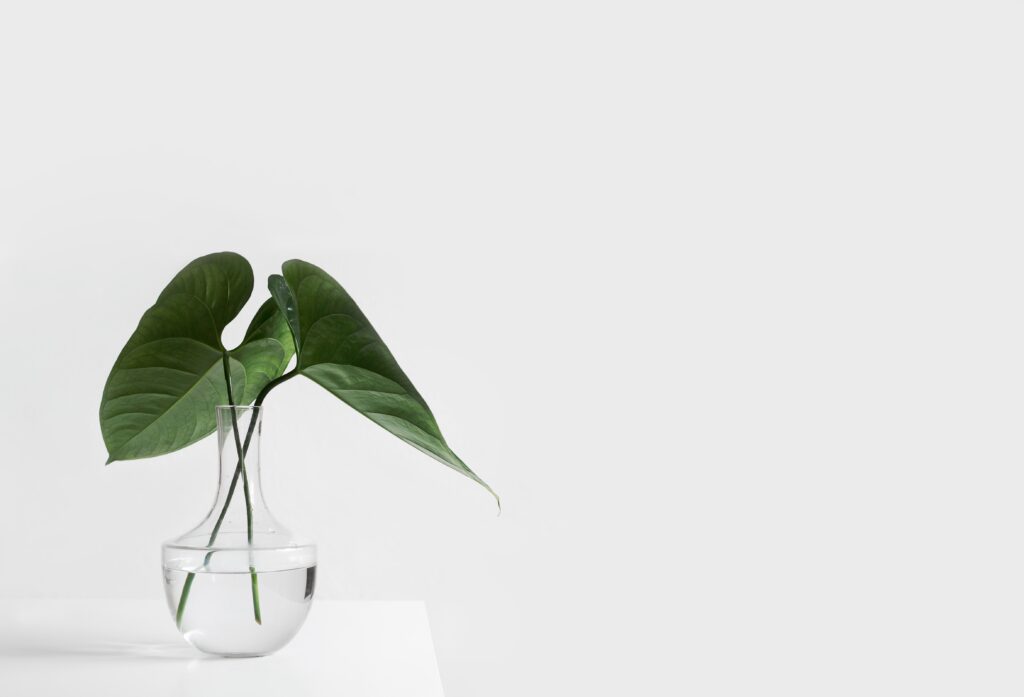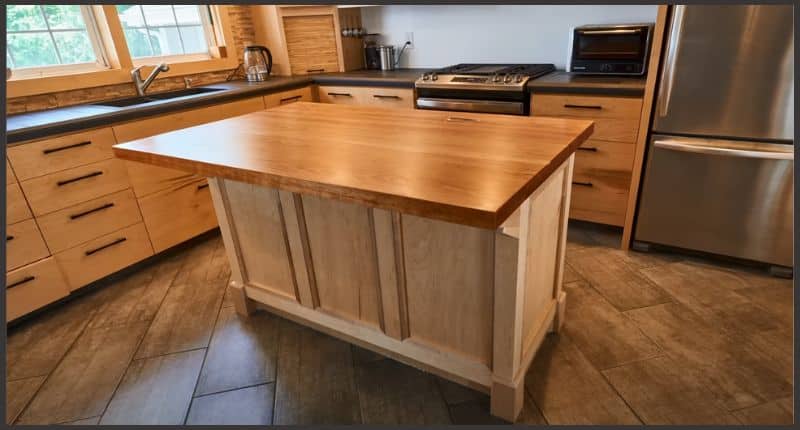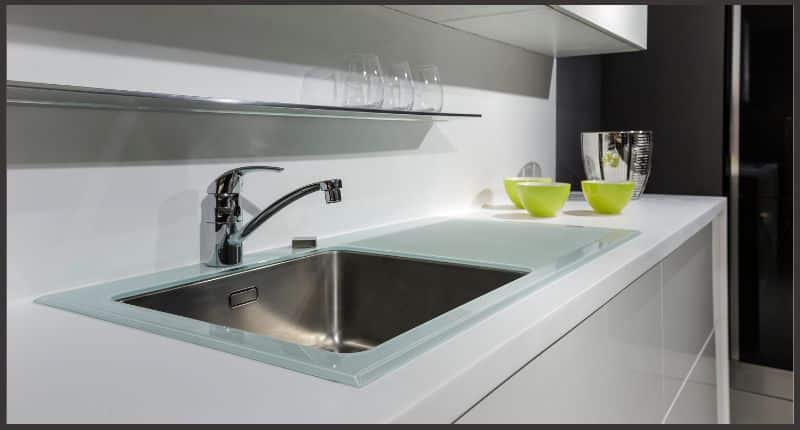Cleaning a blender can be a daunting task, but with the right approach, it’s a breeze! The key to a spotless blender is prompt and proper cleaning after each use, minimizing residue and odors. In this guide, we’ll explore the most effective and efficient methods to get your blender sparkling like new again, using simple household items and easy-to-follow steps. Whether you’ve whipped up a smoothie or a savory soup, maintaining your blender’s cleanliness will ensure it continues to perform at its best and extends its lifespan. Say goodbye to stubborn stains and lingering smells, and hello to a gleaming blender ready for your next culinary creation!
## The Best Way to Clean a Blender: Achieving Sparkling Results Effortlessly
There’s a universal truth we can all agree on – a fresh smoothie can brighten up any day. But, in the wake of that energizing drink, you’re often left staring at a blender cluttered with remnants of fruits, veggies, or worse, sticky protein powder. It’s daunting, but worry not; finding the best way to clean a blender isn’t as tedious as it may seem.
### Crafting the Ultimate Blender Cleaning Ritual
Cleaning a blender is not just a matter of hygiene; it’s also about preserving the life of this valuable kitchen ally. Let’s dive into a fusion of efficiency and simplicity that can turn this chore into a breezy routine, starting with a basic yet favorite method: the self-cleaning cycle.
#### Self-Cleaning: A Blender’s Magic Trick
After making your smoothie, you might be tempted to take apart your blender immediately for cleaning. Before you do, consider a less hands-on approach. Fill the blender with warm water, add a drop of dish soap, and run it on high for 30 seconds to a minute. The whirring blades create a mini dishwasher effect. Rinse with clean water, and just like that, you have a clean blender container.
#### Tough Stains: When the Blender Puts Up a Fight
Sometimes, that spinach and berry blast leaves a trail behind, darkening your blender’s clear complexion with stubborn stains. For these moments, baking soda is your secret weapon. Add a mixture of baking soda and water to the jug, let it sit for a few minutes, then scrub gently with a non-abrasive sponge. This can be especially effective for blenders with a non-stick glass jug.
### Addressing the Sharp Issue: Blade Care
Blender blades are notorious for being the bane of the cleaning process. They’re sharp, tricky to handle, and often the repository of gunk. The trick here is to never remove the blades if your blender’s design doesn’t require it. Instead, use a brush to gently scrub around the blades with warm soapy water.
#### The Power of Vinegar: Nature’s Disinfectant
For deep cleaning, your blender can benefit from the disinfecting prowess of vinegar. Prepare a solution of one part vinegar to three parts water, fill the blender, and let it set for an hour. Then, proceed with the self-cleaning cycle. This method not only addresses germs but also works as a destaining agent, helping to tackle unpleasant odors as well.
### Reassembling with Care: The Final Touch
Once all the individual components are washed and dried, ensure they’re fitted together correctly. Incorrect reassembly can lead to leaks or decreased performance, defying the purpose of the cleaning you’ve just mastered.
#### Blender Mold: The Hidden Enemy
A topic no one enjoys discussing but can’t be ignored is mold. Even a little leftover moisture can become a breeding ground for mold. To prevent this, always dry your blender thoroughly after cleaning, and store it disassembled to allow air circulation.
### User Tales: Real-Life Cleaning Trials
Incorporating anecdotes can highlight common mistakes and successful cleaning hacks. Take Sarah, for example, a fitness enthusiast, who found her perfect protein shake could be followed by an easy clean-up with a drop of lemon juice added to the soapy water, conquering both stains and odors.
### Expert Advice: What the Pros Say
Culinary experts often propose cleaning immediately after use to prevent debris from hardening. They emphasize the longevity a clean blender ensures and advise against abrasive cleaners that can scratch the surface and dull the blades.
### Dealing with Malodors: A Sense of Freshness
Leftover smells are a silent foe. Combating them can be as simple as neutralizing with a mixture of lemon and baking soda. This not just cleans, but also leaves your blender smelling fresh.
### Sustainability Angle: Eco-Friendly Practices
While cleaning, consider your environmental impact. Opt for biodegradable soaps and natural cleaners like vinegar or baking soda. This way, you’re not just maintaining your blender, but also contributing to the well-being of our planet.
### The No-Go Zone: Practices to Avoid
There are a few tactics that might seem convenient but should be avoided:
– Don’t use boiling water, which can damage your blender’s parts.
– Avoid immersing electrical parts in water.
– Stay away from abrasive sponges that can scratch the jug, opting for softer cleaning pads instead.
#### Blenders with a Historical Twist
Historical comparisons offer perspective, as blenders have evolved tremendously over the years. Earlier models were more challenging to clean without today’s technology. It’s only fitting to appreciate the time-saving inventions we can sometimes take for granted.
### A Smooth Transition: Cleaning to Usage
The satisfaction of a sparkling clean blender doesn’t end at cleanliness. It extends to the joy of usage. Knowing that your blender is spotless ensures that the fresh, healthy beverages you create are top-notch in both nutrition and taste.
#### Final Thoughts: Blending Hygiene with Pleasure
Embracing the cleaning process as part of your blending ritual can transform a daunting task into one that brings a sense of accomplishment. With the best way to clean a blender now in your arsenal, you can enjoy your delicious concoctions without the looming dread of cleanup.
In conclusion, the art of maintaining your blender shouldn’t be a blend of confusion and frustration. Arm yourself with the right tools and knowledge, and you’ll find that the clean-up can be just as refreshing as the nutritious drinks you whip up. Cheers to that!

Photo by Sarah Dorweiler on Unsplash
Table of Contents
Additional Guide
If you’re aiming to keep all of your kitchen tools in top shape, understanding essential kitchen tips can be fundamental. After blending up your favorite smoothie, you might want to learn the best way to clean your kitchen sink drain, as it’s often the next step in the cleanup process. Also, an effective yet safe method using household items can be found in our guide on how the combination of vinegar and baking soda can be used for eco-friendly cleaning, which can complement your blender maintenance routine.
FAQs: best way to clean a blender
How should I prepare my blender for cleaning?
Before cleaning, always unplug the blender and disassemble all removable parts, including the lid, pitcher, blade, and seal. This will allow you to clean each piece thoroughly and prevent any electrical accidents. If the blender is not designed to be taken apart, refer to the manual for specific cleaning instructions.
Can I put blender parts in the dishwasher?
Many blenders have dishwasher-safe parts, typically the pitcher, lid, and sometimes the blades. However, it’s essential to check the manufacturer’s manual because some parts might not be dishwasher-proof. The base and motor should never be placed in the dishwasher.
What is the best way to manually clean the blender blades?
To manually clean blender blades, use warm soapy water and a brush to reach the blades’ crevices. Be careful to avoid cutting yourself on the sharp edges. Rinse thoroughly to remove any soap residue. For stubborn residue, soaking the blade assembly in soapy water for a few minutes before scrubbing can be helpful.
How do I remove strong odors from my blender?
To remove strong odors, fill the blender about halfway with warm water and add a few drops of dish soap along with a cup of white vinegar or the juice of one lemon. Blend this solution on high for a few minutes, then rinse thoroughly. This should help neutralize any lingering smells.
Is it okay to use abrasive cleaners or pads on my blender?
Abrasive cleaners or rough scrubbing pads can scratch the surface of your blender, especially if it is made of plastic. It is best to use a soft sponge or cloth and gentle dish soap. For tough stains or residue, soaking parts in warm soapy water or using a baking soda paste can be an effective alternative.



